UX design is a conjecture between the user’s needs and corporate objectives. Think of UX design like a puzzle, and the UX Researcher is the one who knows where all the pieces fit.
According to Forrester Research, 70% of project failures can be attributed to a company’s inability to either attract or retain users. However, with diligent UX Researchers, your company can establish the direction for visual design and development. They ensure that the interfaces place a strong emphasis on the strategy and needs. Incorporating user demands, they carry out transient and effective iteration, preventing rework and saving time and money.
Scroll along the way to understand the significance of an effective UX design for any digital project and how a UX designer’s efforts keep projects right on deadlines and within your budget.
What Does a UX Researcher Do?
Let’s break down some key responsibilities of a UX researcher:
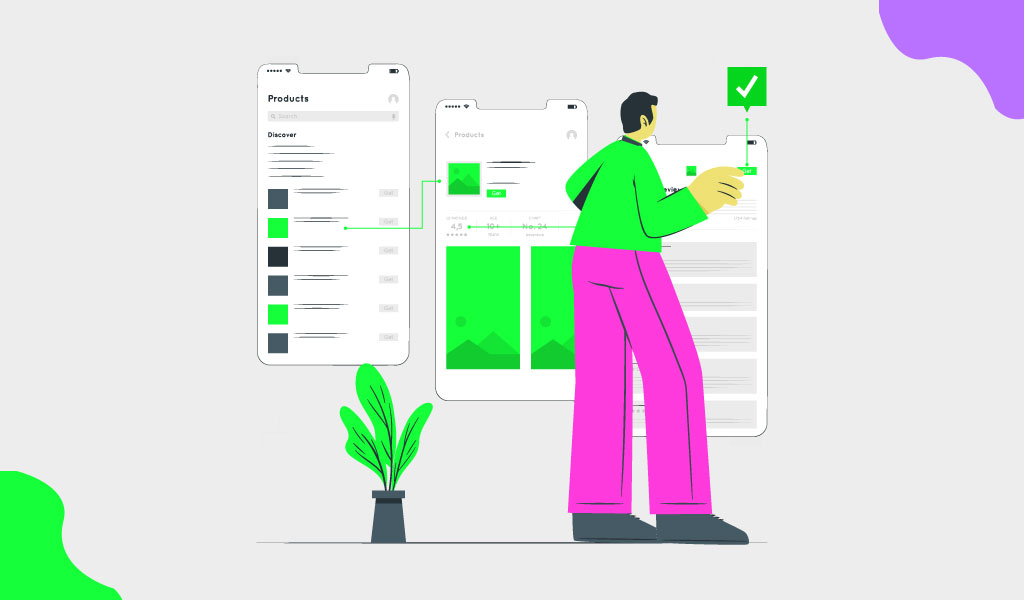
Understanding User Behaviour: They observe and analyze how users interact with a product, website, or app. This helps in identifying pain points and areas for improvement.
Gathering User Feedback: They conduct interviews, surveys, and usability testing to collect direct input from users. This feedback is gold for making design decisions.
Defining User Personas: UX researchers create user personas, which are detailed profiles of different types of users. This helps in tailoring the product to meet specific user needs.
Identifying Pain Points: They pinpoint where users encounter obstacles or where the design might get a little frustrating. This information is the fuel to optimize the user journey.
Analyzing Data: Researchers dive deep into analytics and data to gain insights into user behavior. They uncover trends and patterns that bring about design improvements.
Testing Prototypes: They test design prototypes to ensure they meet user expectations. This saves time and resources by spotting any issues early in the design process.
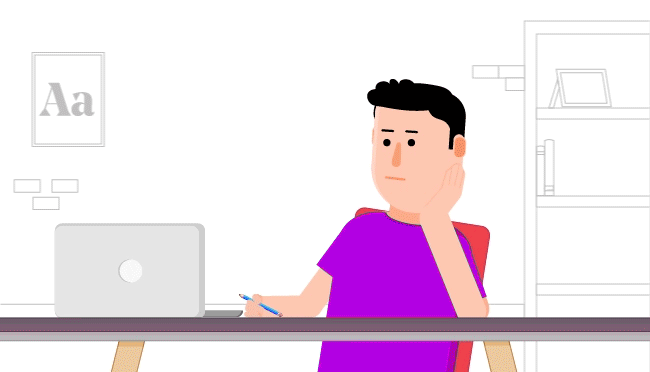
User Experience and Its Impact
User Experience (UX) encompasses all aspects of an end-user’s interaction with your services and products. Businesses launching new projects often grapple with finding this balance. It’s not about rigid rules but an ongoing iterative design process and continuous improvement.
UX has a profound impact on both businesses and users. Let’s examine how it influences these two key stakeholders:
1. Business Impact:

Increased Sales and Conversions: A well-designed user experience can increase conversion rates. Users are more likely to spend their money and time when they find a website or app that is a smooth journey.
Brand Loyalty and Customer Retention: Positive user experiences build trust and loyalty. If you want your users to return to your website and application, you need to provide them with an enticing experience. This leads to long-term customer relationships.
Competitive Advantage: Businesses with superior UX often outperform their competitors in a crowded digital marketplace. Users gravitate toward products that make their lives easier and more enjoyable.
Cost Savings: Investing in UX research and design early in development can save money in the long run. It will help you save your business from costly redesigns and rework by ensuring the product meets user needs and expectations.
Customer Support Reduction: A well-designed product requires less customer support. Users can intuitively find what they need, reducing the need for inquiries or assistance.
Improved SEO: User experience is a ranking factor for search engines like Google. A website or app that provides a positive UX is more likely to rank higher in search results, driving more organic traffic.
2. User Impact:
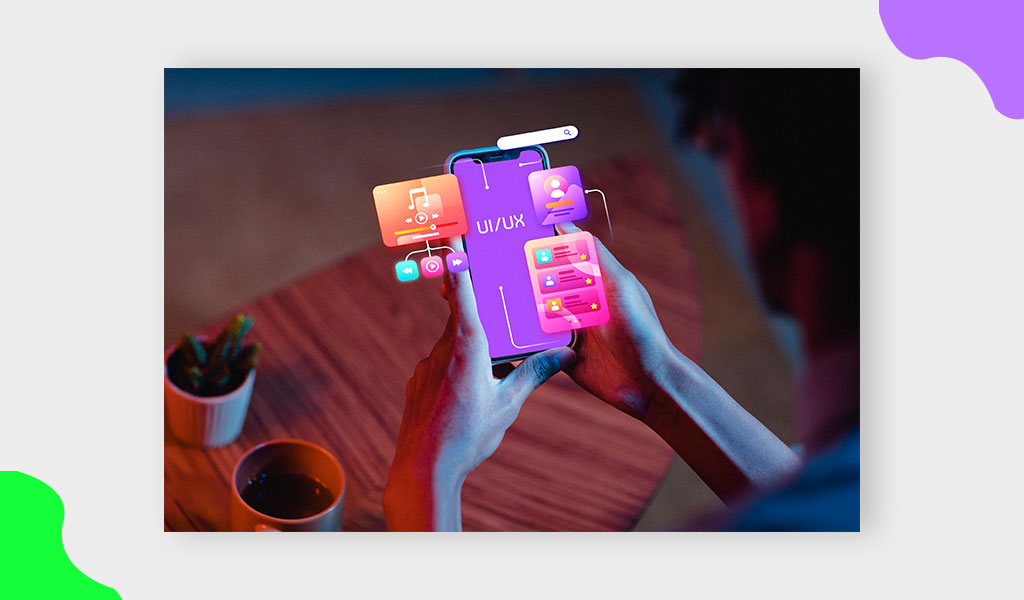
Satisfaction and Enjoyment: Users derive satisfaction from using products that meet their needs and expectations. A positive UX can turn a mundane task into an enjoyable experience.
Efficiency and Productivity: An intuitive and efficient product allows users to complete tasks more quickly and with less effort. This is especially important in productivity apps and software.
Accessibility for All: A strong focus on UX ensures that products are accessible to users with disabilities. This inclusivity benefits a broader user base.
Trust and Security: A trustworthy UX instills confidence in users. They feel safe using the product and sharing their data.
Reduced Frustration: A well-designed UX minimizes frustration. Users can accomplish their tasks without encountering obstacles or confusion.
Clear Communication: Clear and concise design and content help users understand how the product works and how to get the most out of it.
Empowerment: A good UX empowers users by giving them the tools and information to make informed decisions and take desired actions.
Why Should You Hire UX Researchers?
Here are five critical ways UX researchers can positively impact your project or business:

1. End-Goal Focused: Keeping Your Project on Target
Business goals and customer needs don’t always align perfectly. Companies may not fully understand their end users, so gathering user feedback is critical. By hiring UX researchers, you ensure that your project remains end-goal-focused.
Their research helps to identify the limitations of your design, uncover weak points, and discover areas for improvement. This keeps your project on the right track and prevents unnecessary feature creep that can lead to delays and added costs.
2. Measure Twice, Cut Once: Less Development Work and Rework
It’s a well-known fact that implementing changes later in the development process can be significantly more costly. The Systems Sciences Institute at IBM reported that fixing an error found after a product release costs up to 100 times more than fixing it during design.
By validating design decisions early through research, UX researchers can help reduce development time and costs. By incorporating user feedback throughout the design process, UX researchers ensure developers work with a clear blueprint, minimizing the need for costly rework.
This iterative approach is especially effective in an agile environment, where each sprint includes features validated by users before development begins. This approach ensures that anything developed receives user feedback and aligns with user needs, reducing the chances of post-release issues.
3. Efficiency: Productivity for All Stakeholders
Beyond the cost savings directly associated with UX research, your business can experience a build-up in productivity. Designing an intuitive product means that support tasks like training, customer service, and sales calls can be significantly reduced.
When products are designed with users in mind, usability issues are minimized, leading to smoother user interactions. This benefits users, streamlines business operations, and reduces support costs.
A user-centric approach doesn’t just benefit users – it enhances productivity for all stakeholders involved in the project. UX researchers help eliminate mistakes and provide clear instructions, improving communication within the team. Their insights make it easier for developers, designers, and marketers to align their efforts and create a cohesive product.
4. Growth for the Business
Businesses can grow substantially by understanding user behavior and interactions with the design. They become more competitive, innovative, and unique in their market. Companies that invest in UX researchers gain insights that set them apart from the competition, allowing them to lead their industry.
Companies that emphasize user experience convey the importance of their customers. This helps foster a strong relationship with users, leading to brand loyalty. Users appreciate when companies show that their opinions matter, strengthening the connection between the company and its customers.
5. More Efficient Communication Within the Team
Miscommunication within teams can lead to misunderstandings and slow down the development process. UX researchers bridge these communication gaps by providing clear, data-backed insights. By removing unnecessary, subjective opinions and focusing on data-driven decisions, they help the team make informed choices.
UX researchers collaborate with various departments, aiding coders in identifying and resolving technical issues without requiring a deep understanding of programming. They help designers translate their vision into a user-friendly interface. Marketers can leverage UX research to understand user behavior, and product managers can use it to create effective strategies.
How Much Budget Should be Allocated to UX Design?
The budget allocation can vary depending on the project’s scope, complexity, and goals. To help you understand how much of the budget to allocate, we’ve created a table that outlines different project types and the recommended budget range for UX design.

| Small Website or App 10% – 15% of the total project budget Medium-Sized Website 15% – 20% of the total project budget Complex Web Application 20% – 25% of the total project budget E-commerce Platform 20% – 30% of the total project budget Software Development 15% – 25% of the total project budget Mobile Application 15% – 20% of the total project budget Redesign or Enhancement 10% – 20% of the total project budget Product Development 20% – 30% of the total project budget |
It’s important to note that while these ranges provide a general guideline, the exact budget allocation should be tailored to the specific project’s requirements. Collaborating with experienced UX designers can help you determine your project’s optimal budget, considering your goals, user needs, and the competitive landscape.
Additionally, investing in UX design early in the project can save costs by preventing the need for extensive redesigns and rework later in the development process.
How Does Poor UX Affect a Business?
The absence of proper UX can increase costs in the long run. For every pound spent on resolving a problem during the design phase, you might spend ten times more on the same problem during development, which can escalate to a hundredfold if the issue arises after the product’s release.
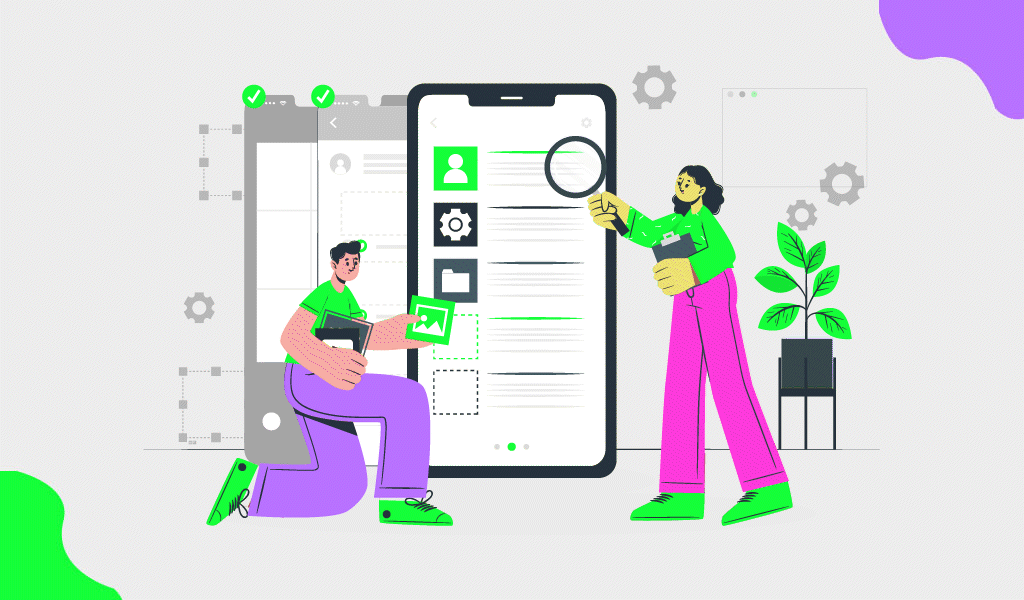
Loss of Customers: Users are likely to abandon a product or service with a subpar user experience. Poor UX leads to a high bounce rate, lower conversion rates, and decreased customer retention, causing a significant loss in potential revenue.
Negative Brand Image: A bad user experience tarnishes a company’s reputation. Customers associate poor UX with a lack of care and professionalism, which can lead to long-term brand damage.
Increased Customer Support Costs: Users encountering problems due to poor UX will likely reach out for support. This increases customer support costs, including increased call center traffic and chat support requests.
Decreased Productivity: Internally, poor UX can hamper employee productivity. If employees have to deal with clunky and inefficient systems or software, it leads to frustration and decreased efficiency.
Higher Development Costs: When UX issues are identified later in the development process, implementing changes is more expensive. Fixing issues in the design phase is far less costly than making changes during or after development.
Competitive Disadvantage: Businesses with a superior UX gain a competitive edge. Failing to provide a good user experience can result in losing market share to competitors prioritizing UX.
Low Customer Loyalty: A survey suggests that 74% of customers are less likely to stay loyal after bad experiences. They may switch to alternatives that offer a smoother and more user-friendly experience.
Legal Issues and Compliance Challenges: Poor UX can lead to legal problems, especially in industries with strict compliance requirements. Failing to meet accessibility standards, for instance, can result in costly legal action.
Missed Opportunities for Upselling: A smooth UX can facilitate upselling and cross-selling opportunities. When users find a product easy to use and navigate, they are more receptive to additional offerings.
Data Security Risks: Poorly designed systems can lead to security vulnerabilities. Users are more likely to make mistakes or become frustrated in a confusing system, potentially leading to data breaches or errors.
Operational Inefficiencies: If employees have to work around or adapt to a system with a poor UX, it can lead to operational inefficiencies, resulting in higher labor costs and reduced overall productivity.
Longer Sales Cycles: A complicated and frustrating user experience can extend the sales cycle, as potential customers may require more time to understand and trust the product or service.
Missed Customer Feedback: Poor UX can hinder the collection of valuable customer feedback. Users may be less likely to provide input or insights, leading to missed opportunities for improvement.
Reduced User Engagement: A poor UX can make users disengage quickly. In contrast, a good UX encourages users to explore more features, leading to higher engagement and, ultimately, more business value.
Unproductive Marketing Efforts: Marketing initiatives can be less effective when they drive traffic to a product or service with poor UX. The marketing spend becomes less efficient, reducing the return on investment.
Limited International Reach: Poor localization and translation efforts are often associated with poor UX. This can limit a business’s ability to expand into international markets.
Make Informed Decisions Today

So, here’s the deal: if you’re wondering how to save time and money on your projects, investing in a UX researcher is the way to go. This isn’t just some wild claim; data, research, and real-world examples back it. By incorporating user research early in your projects, you can avoid costly mistakes, prevent unnecessary rework, and ultimately increase your chances of success.
The bottom line is that UX research is essential to growth and a wise investment that can yield a substantial return. Don’t let poor UX design compromise your projects or waste your budget; prioritize user research and watch your business thrive with Yellow Slice.
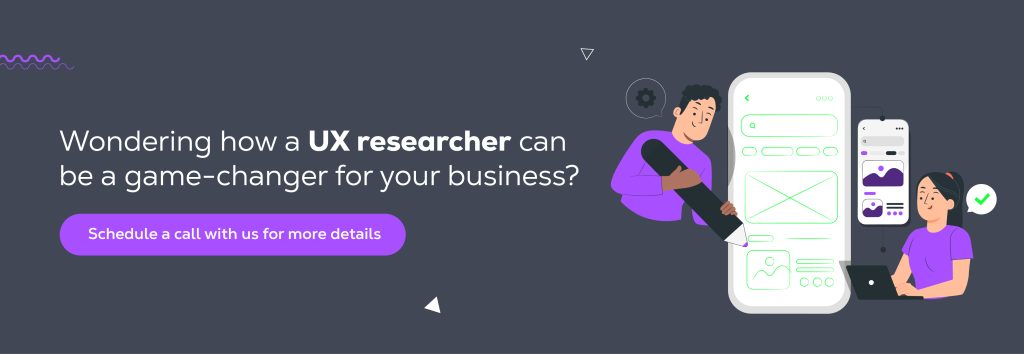
FAQs on UX Researcher
Q1: How can I find a skilled UX researcher for my project?
You can post job listings on LinkedIn, Glassdoor, or specialized UX job boards to find a skilled UX researcher. You can also work with UX design agencies that have experienced researchers. Consider evaluating candidates based on their portfolio, experience, and ability to conduct user research, usability testing, and data analysis.
Q2: Is UX Research only for large companies?
No, UX research is valuable for businesses of all sizes. Small businesses can also benefit from user insights to create products and services that resonate with their target audience.
Q3: What is the ROI of UX Research and design?
The Return on Investment (ROI) of UX research and design can be substantial. It leads to increased user satisfaction, reduced development costs, and higher product success rates, which contribute to the overall financial success of a project or business.
![How a UX Researcher Can Save A Lot of Time and Money? [Read this Before Hiring] How a UX Researcher Can Save A Lot of Time and Money?](https://www.yellowslice.in/bed/wp-content/uploads/2023/12/Feature-Image.jpg)



